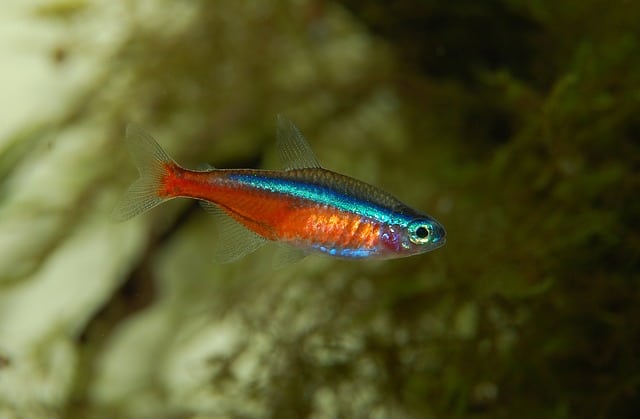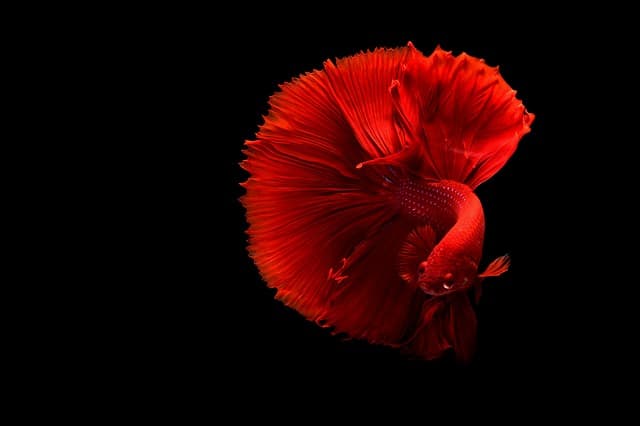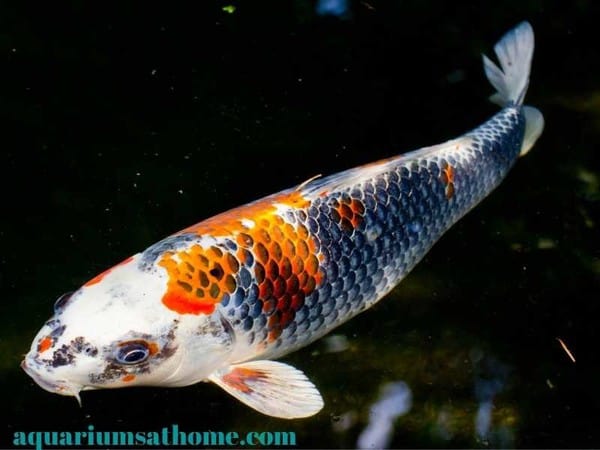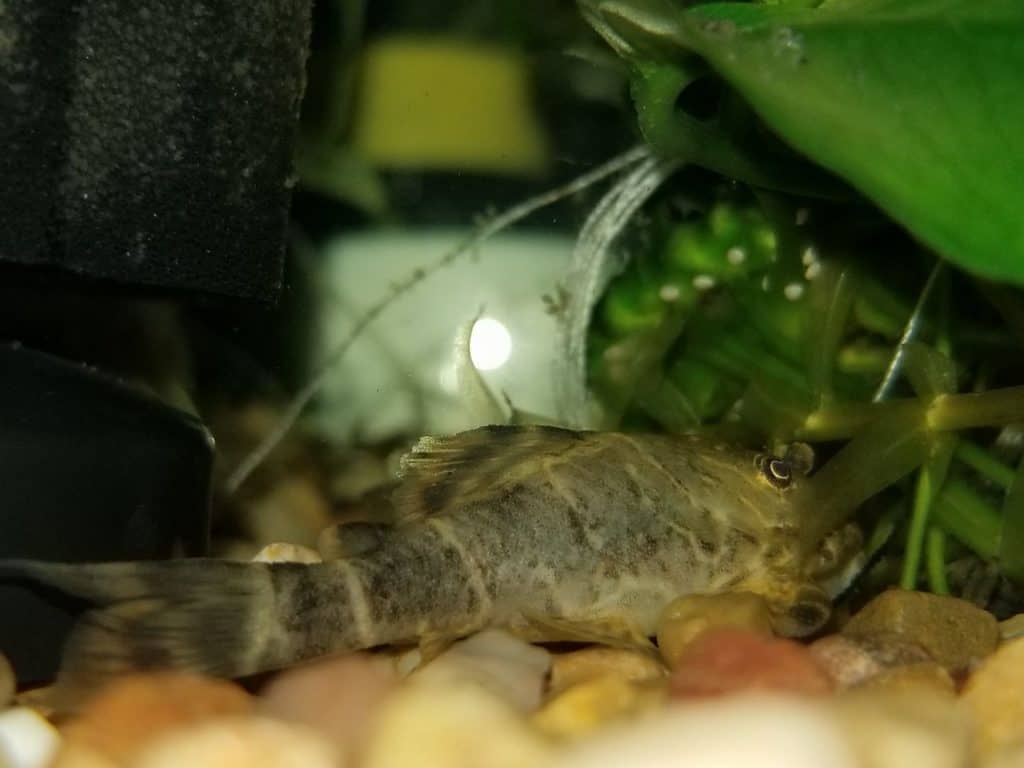Live-bearing tropical fish are highly popular in the aquarist trade. Livebearers are fish that keep their eggs inside their bodies and give birth to live, free-swimming offspring. If you’re looking to upgrade your community tank with some unique fish, you may be considering hybrids as an option. This then begs the question, ‘which live-bearing species can be crossbred in a captivity?’
You can crossbreed the 4 species of live-bearing fish belonging to the genus Poecilia and/or genus Xiphophorus families. These include guppies, mollies, platies, and swordtails. The best results come from breeding guppies with mollies and platies with swordtails.
Now that you know there are 4 types of live-bearing fish that can crossbreed in a captive setting, let’s ‘dive deeper’ into this topic together. We’ll learn more about spawning hybrid fish including what the advantages and disadvantages are, what water conditions are needed for success, and how to properly care for hybrid offspring.
So, if you’re ready to learn more about hybridization in terms of live-bearing aquarium fish, then let’s begin!
Can a Molly Breed with a Guppy?
It’s very easy for mollies to breed with guppies in captivity…under the right aquatic conditions, that is. Typically, the hybrid fry of a female molly and a male guppy is called a ‘golly’ whereas the interbred offspring of a female guppy and a male molly is referred to as a ‘muppy’. It’s important to note that gollies tend to be healthier than muppies with a higher survival rate.
How to Breed a Female Molly with a Male Guppy?
To breed gollies successfully, begin by creating a safe and appropriate aquatic environment. The temperature in the tank should be between 70- and 75-degrees Fahrenheit. The pH level should be more the ‘salty’ end of the spectrum – around 7.5 to 7.8.
As soon as the female molly becomes pregnant, move her to a separate birthing tank. Quarantining the expectant mother will not only create a safer environment for her but also allow you to better monitor her pregnancy.
Immediately after the molly gives birth, remove the mother from the birthing tank and place her back in the main aquarium. The reason for this is to prevent the adult female from eating her own offspring. Be sure to monitor the babies closely and watch for signs of distress.
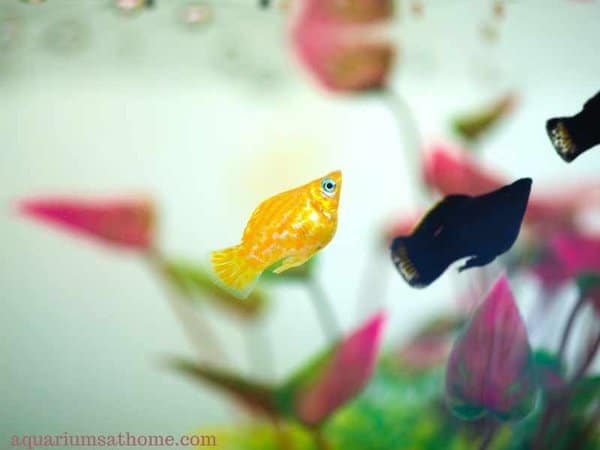
Can a Guppy Breed with an Endler?
Guppies and endlers belong to the same genus and therefore, are capable of crossbreeding. The main difference between the two is appearance – guppies are larger, more colorful and have a distinctive fantail. Essentially, endlers are a type of guppy variant. Unlike most crossbred fish, guppy/endler offspring aren’t sterile and can be used for breeding purposes.
Can a Guppy Breed with a Swordtail?
While it’s possible for a guppy to breed with a swordtail, the chances of success are highly unlikely. The mortality rate for live-born guppy/swordtail offspring would be very low – only a few, if any, would survive. As well, should the hybrid youngsters happen to make it to adulthood, they would be sterile.
Can a Molly Breed with a Platy?
While it may be possible for a molly to breed with a platy, it’s extremely rare. The only way these two would mate is if there were none of their own kind to spawn with. The result of a molly/platy union would likely yield sterile offspring, should any happen to live to adulthood (which is doubtful).
Can a Molly Breed with a Swordtail?
A molly could possibly breed with a swordtail but it’s a gamble of long odds. Mollies and swordtails prefer to mate with their own species. Should a molly/swordtail pairing lead to live-bred offspring, only a few (if any) would live long enough to reach sexually maturity and those that did, would be infertile.
Can a Platy Breed with a Swordtail?
Platies and swordtails both belong to the Xiphophorus genus and can be easily crossbred. The offspring of a platy/swordtail union can typically produce viable offspring which are hardy and visually appealing. If you visit your local pet shop and see platies that appear more elongated than usual or smaller-than-average swordtails, you’re likely witnessing the result of hybridization.
What are the Advantages of Breeding Hybrid Fish?
The advantages of breeding hybrid fish are much like those of crossbreeding other animals. Hybrid offspring are typically born with greater resistance to disease. They’re also hardier and able to adapt to multiple habitats including fluctuations in climate. The ability to eat a wider range of food is yet another positive. And, best of all, crossbreeding provides the opportunity to create new and unique species.
What are the Disadvantages of Breeding Hybrid Fish?
The disadvantages of breeding hybrid fish are a lot like those of crossbreeding other creatures. A decrease in purebred population is one negative. A slower growth rate and shorter lifespan are problems as well. Hybridization can lead to an increased number of deformed offspring along with a lower reproduction rate and/or sterility. Hence, crossbreeding should only be done by professionals.
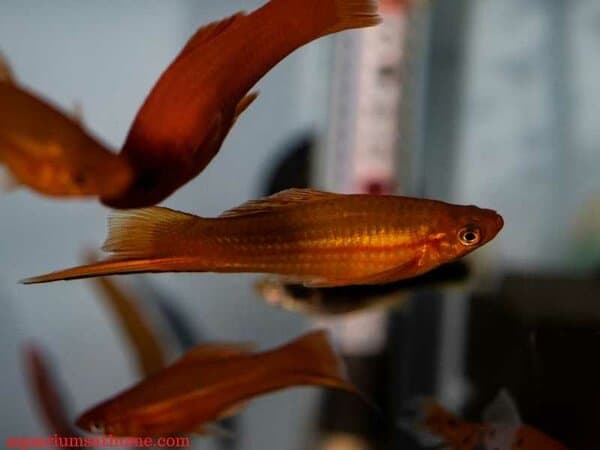
What Water Conditions are Needed for Hybrid Fish?
Regarding hybrid fish, proper water conditions and a clean, safe aquatic environment are a must. If you plan to keep and/or breed gollies or muppies, you must have a tank with parameters conducive to both guppies and mollies. A temperature of 72- to 82-degrees F and a pH level of 7 or higher. The hardness or dGH should be somewhere between 8 and 12. A 10- to 20-gallon aquarium is also recommended.
If you’d like to keep platies with swordtails, then you need an aquarium that’s suitable for both species – and as well as their potential hybrid offspring. Begin with a 20-gallon brackish tank. The temperature should be 70- to 80-degrees F with a pH level of 7 to 8. The water should be very hard with a dGH of 12 or greater. Some live plants and a few hiding places are also required, especially for breeding purposes.
How to Care for Hybrid Fish Offspring
Caring for hybrid fish offspring is much like that of purebred fish. A clean aquatic environment with the right parameters is essential. You’ll need a 10-gallon quarantine or birthing tank with a heater, filter, and aquarium light. A water testing kit and some live floating plants are also required.
The water conditions in the birthing tank should the same as the main aquarium. In fact, you can take water from an established and use it for a fry tank – just make sure to test it first. Keep the heat at 80-degrees F with the light on for 12-16 hours per day. 50% water changes twice a week are recommended.
Plenty of high-quality food is also required. Since the most common types of crossbred aquarium fish are omnivores (guppies with mollies and platies with swordtails), it’s best to feed hybrid offspring meat-based edibles like baby shrimp, micro worms, and daphnia up to 5 times per day.
Final Thoughts
To sum things up, you can crossbreed fish belonging to the genus Poecilia and genus Xiphophorus families. These include 4 species of common live-bearing fish – guppies, mollies, platies, and swordtails. Crossbreeding is tricky and must be done carefully. The right aquatic conditions are a must for successful hybrid spawning in captivity. Only experienced aquarists should consider crossbreeding aquarium fish.
I hope this article has provided you with the information you seek in terms of crossbreeding live-bearing aquarium fish. Thanks for reading and good luck with your aquarist hobby!
Recommended Posts
How to Stop Tropical Fish from Breeding
Types of Platy Fish for Your Aquarium



